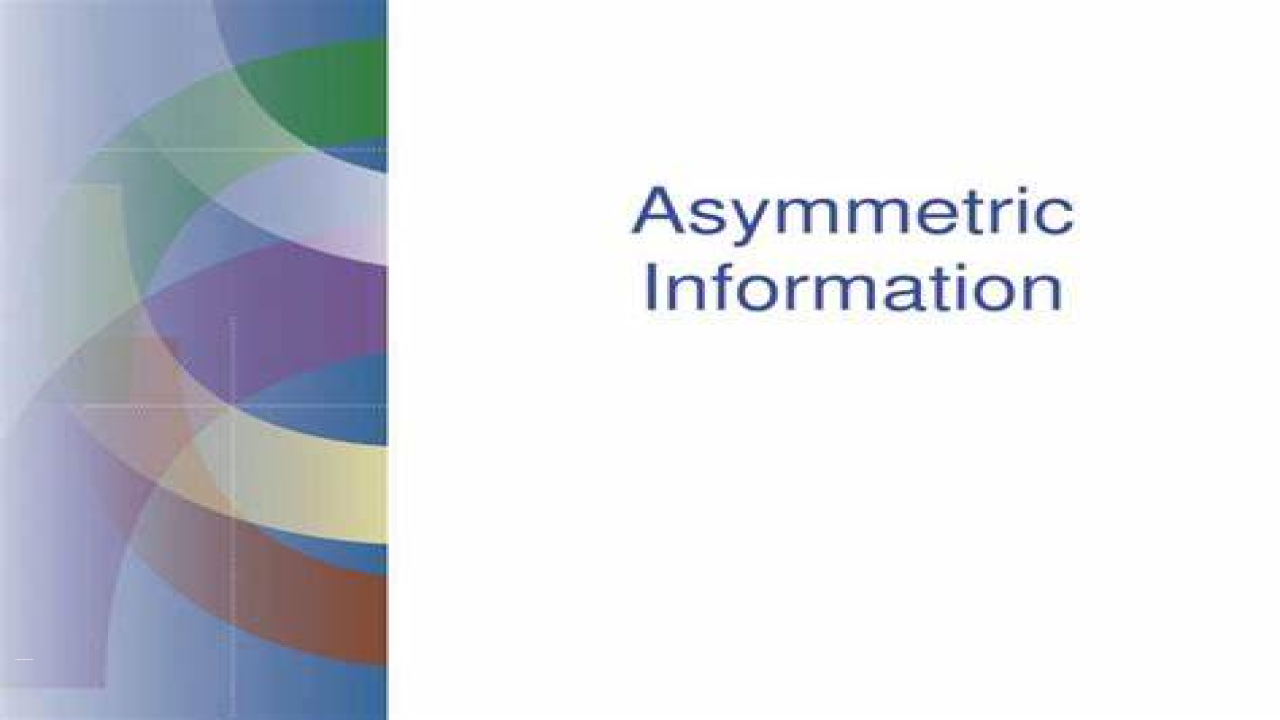Asymmetric information
In any transaction, access to information plays a crucial role in shaping the outcome. However, when one party or group has better access to information than the other party or parties involved, it creates a situation known as asymmetric information. This imbalance of information can significantly influence the dynamics of the transaction and be utilized as a source of power to determine its outcome.
Understanding Asymmetric Information
Asymmetric information refers to a scenario where one party possesses more and better information than the other party or parties involved in a transaction. In simpler terms, it means that one side has an informational advantage, while the other side lacks access to critical information. This information asymmetry can exist in various forms, such as differences in knowledge, experience, expertise, or even access to data.
Implications of Asymmetric Information
When one party holds superior knowledge or information, it can result in significant implications for the transaction. The party with better access to information can exploit this advantage to manipulate the outcome in their favor. They can use the information asymmetry as a source of power to influence the negotiations, terms, and conditions, ultimately tilting the transaction in their favor. This can lead to an unfair distribution of benefits and potential harm to the party with limited information.
Power Dynamics in Transactions
Asymmetric information creates a power dynamic within transactions, allowing the party with more information to exert control and influence over the other party. This can manifest in various ways:
- Negotiating Power: The party with superior information can leverage it to negotiate more favorable terms, pricing, or conditions. By withholding or selectively disclosing information, they can manipulate the negotiation process to their advantage.
- Pricing Disparities: When one party possesses insider knowledge about the value, quality, or market conditions of a product or service, they can exploit this information to set pricing that benefits them. This can lead to unfair pricing disparities and the exploitation of the party with limited information.
- Risk Allocation: Asymmetric information also affects risk allocation within transactions. The party with more information can shift a higher portion of the risk onto the other party, safeguarding themselves against potential losses or unfavorable outcomes.
- Decision Making: In transactions involving multiple parties, the party with better information can influence decision-making processes. Their informational advantage can sway the collective choices and outcomes, giving them a dominant position in determining the direction of the transaction.


